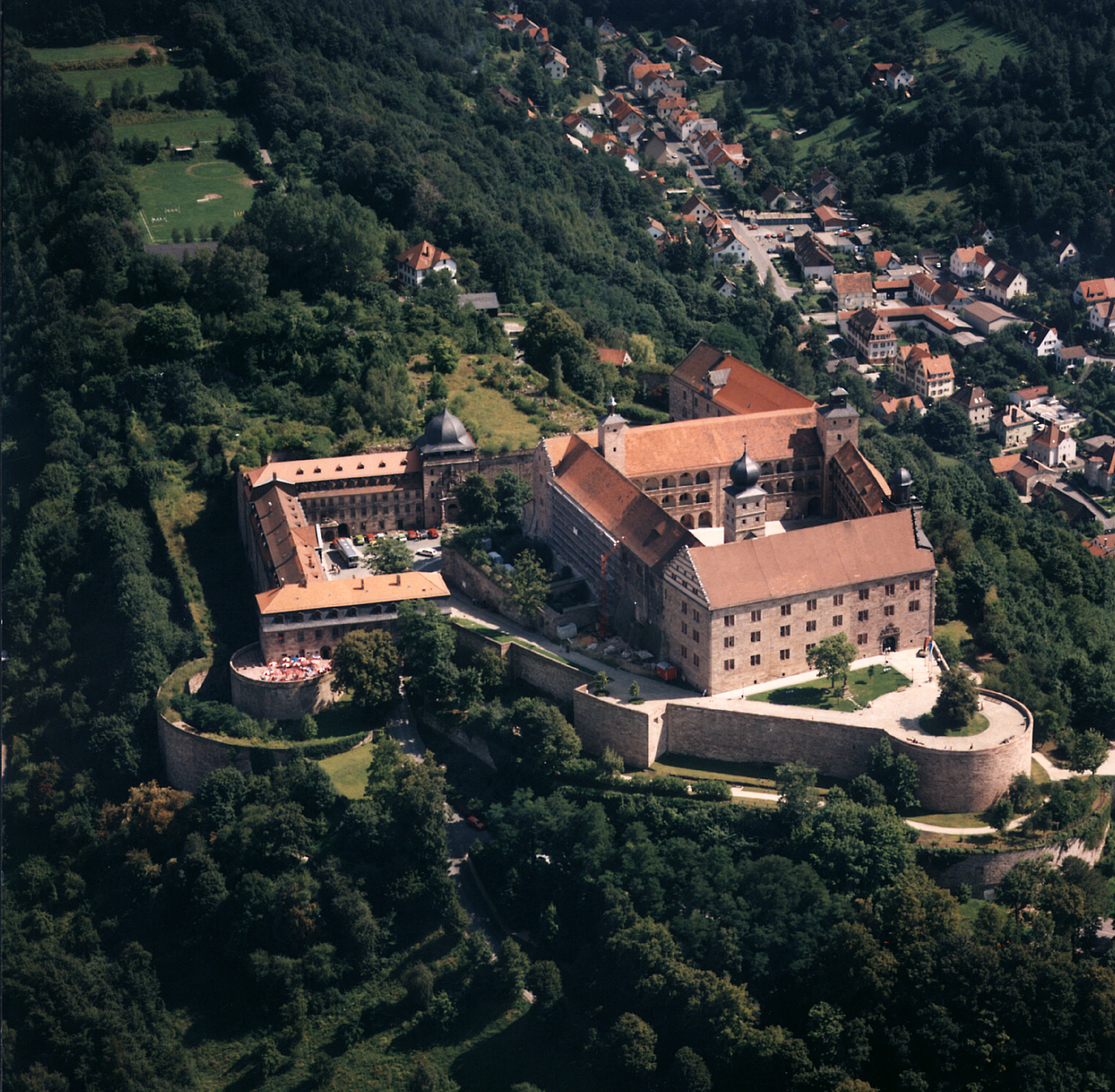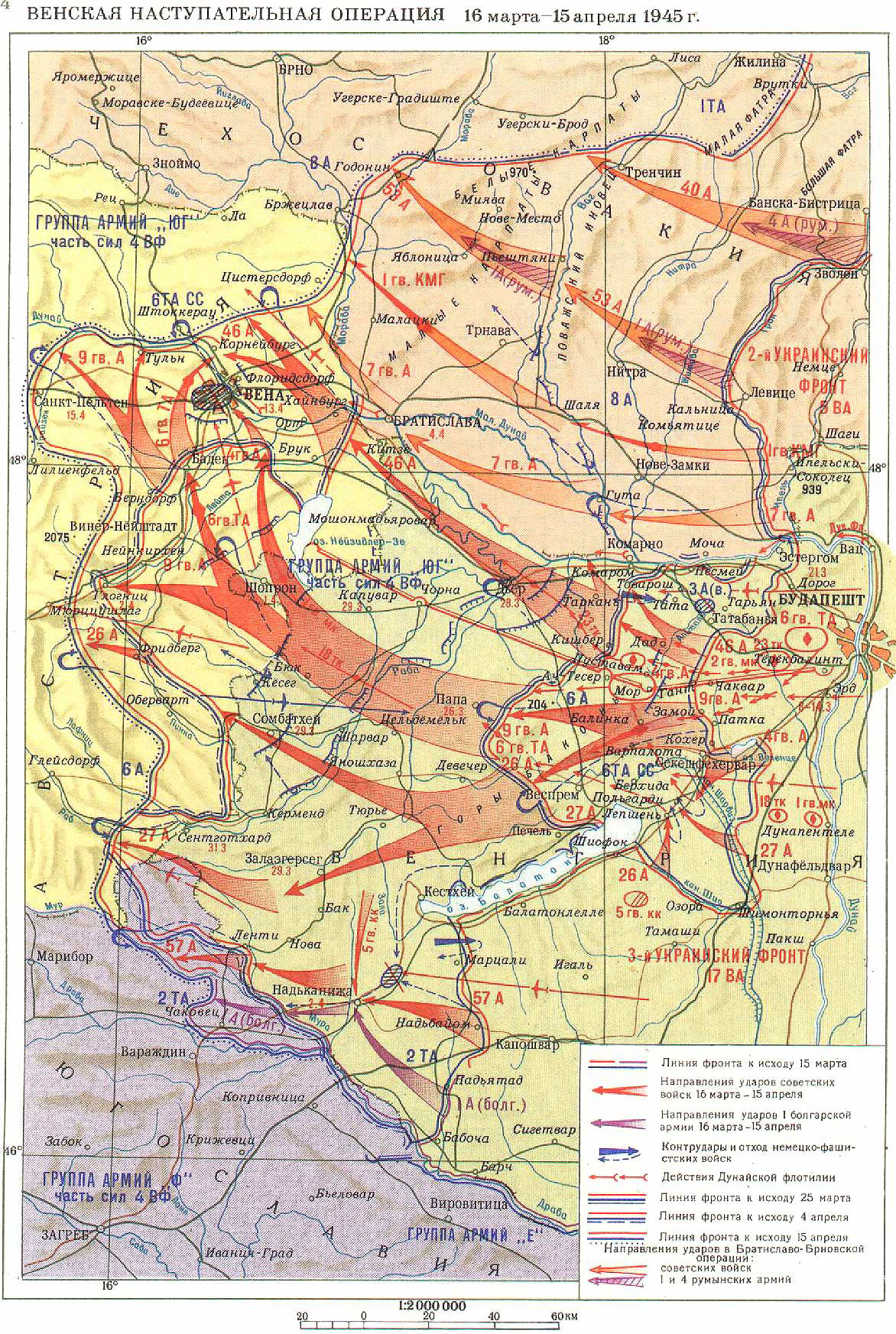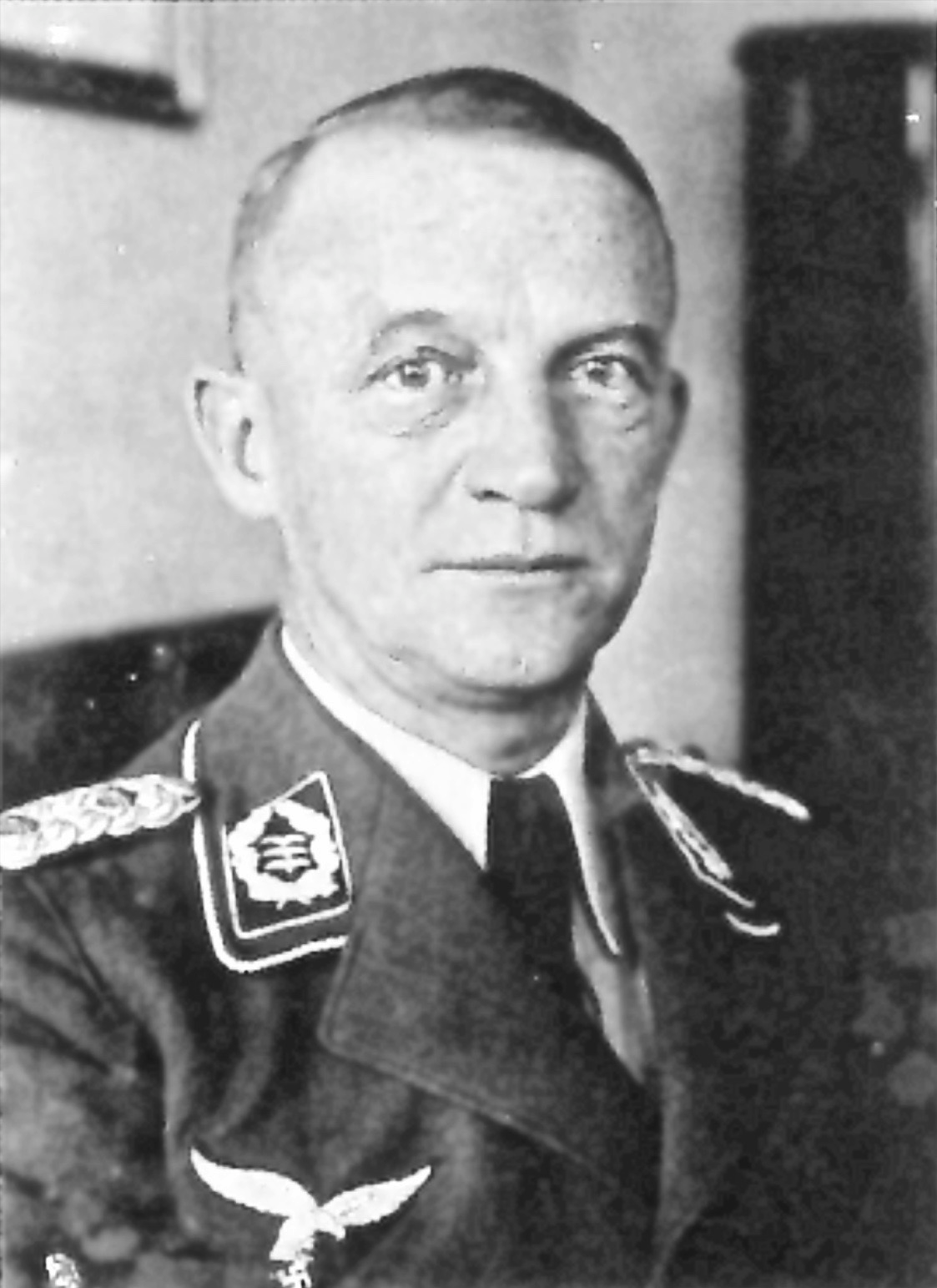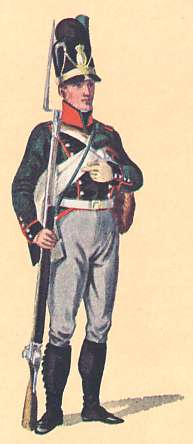|
Rudolf Konrad
__NOTOC__ Rudolf Konrad (7 March 1891 – 10 June 1964) was a German general in the Wehrmacht during World War II who served as a corps commander. He was a recipient of the Knight's Cross of the Iron Cross and, by the end of the war, held the rank of ''General der Gebirgstruppe'', (General of Mountain Troops). Life and career Rudolf Konrad was born in Kulmbach in Northern Bavaria on 7 March 1891. He entered the German Army in July 1910 as an ensign. Joining a Bavarian Field Artillery Regiment in October 1912 as a Lieutenant, he served with them in World War I. He remained in the Reichswehr after 1918, rising to command a '' Gebirgsjager'' (Mountain) Regiment from October 1935. Becoming a staff officer, in 1940 he became chief of staff of XVIII Corps, then of 2nd Army. He was then given a field command, first of 7th Mountain Division then, for most of the period from December 1941 to May 1944, of XXXXIX Mountain Corps on the Eastern Front. He received the Knight's Cross of th ... [...More Info...] [...Related Items...] OR: [Wikipedia] [Google] [Baidu] |
Kulmbach
Kulmbach () is the capital of the district of Kulmbach in Bavaria in Germany. The town is famous for Plassenburg Castle, which houses the largest tin soldier museum in the world, and for its sausages, or ''Bratwürste''. Geography Location Kulmbach is located in the middle of the Bavarian province of Upper Franconia, about northwest of the city of Bayreuth. To the south of Kulmbach, the River Main begins at the confluence of its headstreams, the White Main and Red Main. Town districts Kulmbach is divided into the following districts (with population in brackets): History From about 900 AD there was a small settlement in what is now the district of Spiegel, which consisted of a forest lodge and a fortified tenant farm (''Fronhof'') to protect the river Main crossing at Grünwehr. The area later passed into the hands of the Count of Schweinfurt, whose power was usually exercised through the office of the . Kulmbach was first mentioned as ''Kulma'' in a deed of ... [...More Info...] [...Related Items...] OR: [Wikipedia] [Google] [Baidu] |
Vienna Offensive
The Vienna offensive was an offensive launched by the Soviet 2nd and 3rd Ukrainian Fronts in order to capture Vienna, Austria, during World War II. The offensive lasted from 16 March to 15 April 1945. After several days of street-to-street fighting, the Soviet troops captured the city. Background Vienna had been bombarded continuously for the year before the arrival of Soviet troops, and many buildings and facilities had been damaged and destroyed. Joseph Stalin reached an agreement with the Western Allies prior to April 1945 concerning the relative postwar political influence of each party in much of Eastern and Central Europe; however, these agreements said virtually nothing about the fate of Austria, then officially considered to be merely the Ostmark area of Greater Germany after the Anschluss. As a result, the success of a Soviet offensive against Austria and subsequent liberation by the Red Army of a large part of the country would have been very beneficial for subse ... [...More Info...] [...Related Items...] OR: [Wikipedia] [Google] [Baidu] |
Christian Schmidt (politician)
Hans Сhristian Friedrich Schmidt (born 26 August 1957) is a German politician of the centre-right Christian Social Union (CSU). He is the High Representative for Bosnia and Herzegovina, having assumed office on 1 August 2021. Schmidt served as Minister of Food and Agriculture from 2014 until 2018. He was Parliamentary State Secretary in the German Federal Ministry of Defence from 2005 to 2013 and Parliamentary State Secretary in the German Federal Ministry of Economic Cooperation and Development from December 2013 until February 2014. He was member of the Bundestag for Fürth from 1990 to 2021. Early life and education Schmidt attended the Georg-Willhem-Steller-Gymnasium in Bad Windsheim where he completed his Abitur in 1976. He then undertook mandatory military service in the mountain division of the West German Army. He began legal studies in 1977 in Erlangen and Lausanne. Schmidt finished his legal studies with the successful completion of the required state examinations i ... [...More Info...] [...Related Items...] OR: [Wikipedia] [Google] [Baidu] |
Bad Reichenhall
Bad Reichenhall ( Central Bavarian: ''Reichahoi'') is a spa town, and administrative center of the Berchtesgadener Land district in Upper Bavaria, Germany. It is located near Salzburg in a basin encircled by the Chiemgau Alps (including Mount Staufen (1,771 m) and Mount Zwiesel (1,781 m)). Together with other alpine towns Bad Reichenhall engages in the Alpine Town of the Year Association for the implementation of the Alpine Convention to achieve sustainable development in the alpine arc. Bad Reichenhall was awarded Alpine Town of the Year in 2001. Bad Reichenhall is a traditional center of salt production, obtained by evaporating water saturated with salt from brine ponds. History * The earliest known inhabitants of this area are the tribes of the Glockenbecher-Culture (a Bronze Age Culture, from about 2000 B.C.) * In the age of the La Tene culture (about 450 B.C.) organised salt production commenced utilising the local brine pools. In the same period a Celtic place of worshi ... [...More Info...] [...Related Items...] OR: [Wikipedia] [Google] [Baidu] |
Bundeswehr
The ''Bundeswehr'' (, meaning literally: ''Federal Defence'') is the armed forces of the Federal Republic of Germany. The ''Bundeswehr'' is divided into a military part (armed forces or ''Streitkräfte'') and a civil part, the military part consisting of the German Army, the German Navy, the German Air Force, the Joint Support Service, the Joint Medical Service, and the Cyber and Information Domain Service. , the ''Bundeswehr'' had a strength of 183,638 active-duty military personnel and 81,318 civilians, placing it among the 30 largest military forces in the world, and making it the second largest in the European Union behind France. In addition, the ''Bundeswehr'' has approximately 30,050 reserve personnel (2020). With German military expenditures at $56.0 billion, the ''Bundeswehr'' is the seventh highest-funded military in the world, though military expenditures remain relatively average at 1.3% of national GDP, well below the (non-binding) NATO target of 2%. Germa ... [...More Info...] [...Related Items...] OR: [Wikipedia] [Google] [Baidu] |
LXVIII Army Corps (Wehrmacht)
The LXVIII Army Corps (german: LXVIII. Armeekorps) was an army corps of the German Wehrmacht during World War II. The corps was initially formed in April 1943. History The LXVIII Army Corps, initially known as ''Generalkommando z.b.V. LXVIII'', ''General Command for special deployment 68'', was formed on 9 April 1943 from the personnel of the Generalkommando z.b.V. which had been formed on 23 September 1942 from personnel that had served on Special Staff F as part of the German support for the insurgents in Iraq in the Anglo-Iraqi War. The first corps commander of LXVIII General Command was Hellmuth Felmy. The LXVIII General Command was moved to Army Group E, part of Army Group F, in late May 1943 and set up its headquarters in Athens. In June 1943, the staff had not yet been assigned divisions but stood by in the reserves of Army Group E. By 7 July, it had been assigned the 1st Panzer Division and the 117th Jäger Division. The LXVIII General Command remained in charge of the ... [...More Info...] [...Related Items...] OR: [Wikipedia] [Google] [Baidu] |
Eastern Front (World War II)
The Eastern Front of World War II was a Theater (warfare), theatre of conflict between the European Axis powers against the Soviet Union (USSR), Polish Armed Forces in the East, Poland and other Allies of World War II, Allies, which encompassed Central Europe, Eastern Europe, Northern Europe, Northeast Europe (Baltic states, Baltics), and Southeast Europe (Balkans) from 22 June 1941 to 9 May 1945. It was known as the Great Patriotic War (term), Great Patriotic War in the Soviet Union – and still is in some of its successor states, while almost everywhere else it has been called the ''Eastern Front''. In present-day German and Ukrainian historiography the name German-Soviet War is typically used. The battles on the Eastern Front of the Second World War constituted the largest military confrontation in history. They were characterised by unprecedented ferocity and brutality, wholesale destruction, mass deportations, and immense loss of life due to combat, starvation, expos ... [...More Info...] [...Related Items...] OR: [Wikipedia] [Google] [Baidu] |
2nd Army (Wehrmacht)
The 2nd Army () was a field army of the German Army during World War II. History 1939 and 1940 The 2nd Army headquarters was briefly established in Berlin from Group Command 1 on 26 August 1939 and at the beginning of the Invasion of Poland it was renamed Army Group North on 2 September. The 2nd Army was reestablished on 20 October 1939, with '' Generaloberst'' Maximilian von Weichs in command, by renaming the 8th Army, which had been moved from Poland to the west. It was assigned to the reserve of the '' Oberkommando des Heeres'' (OKH). After the beginning of the Battle of France on 10 May, the army was assigned to Army Group A and marched through Luxembourg, Belgium, and northern France. From 31 May to 4 June it marched to the front north of the Somme, Aisne, and Oise and participated in the expansion of bridgeheads. When it entered battle on 9 June on the Aisne, the army included IX ( 295th and 294th Infantry Divisions), XXVI ( 34th and 45th Infantry Divisions), ... [...More Info...] [...Related Items...] OR: [Wikipedia] [Google] [Baidu] |
XVIII Corps (Wehrmacht)
XVIII. ''Armeekorps'' was formed in Salzburg, Austria, on 1 April 1938, following the Anschluss of Austria into the German Reich. During the life of the XVIII. Armeekorps, they took part in the Polish campaign, Fall Weiss, and the campaign in the West 1940 (Fall Gelb and Fall Rot), and performed occupation duties in France. On 30 October 1940, the Corps gave up some elements to newly forming XXXXIX. Gebirgskorps, and on 1 November, they re-designated the Korps name to XVIII. Gebirgskorps. Commanders XVIII Armeekorps *General der Infanterie Eugen Beyer (1 April 1938 – June 1940) *Generalleutnant Hermann Ritter von Speck (June 1940 – 15 June 1940) *General der Gebirgstruppe Franz Böhme (15 June 1940 – 1 November 1940) XVIII Gebirgskorps *General der Gebirgstruppe Franz Böhme (1 November 1940 – October 1942) *General der Gebirgstruppe Karl Eglseer (10 December 1943 – 23 June 1944) *General der Infanterie Friedrich Hochbaum __NOTOC__ Friedrich Hochbaum (7 August 1894 � ... [...More Info...] [...Related Items...] OR: [Wikipedia] [Google] [Baidu] |
Reichswehr
''Reichswehr'' () was the official name of the German armed forces during the Weimar Republic and the first years of the Third Reich. After Germany was defeated in World War I, the Imperial German Army () was dissolved in order to be reshaped into a peacetime army. From it a provisional Reichswehr was formed in March 1919. Under the terms of the Treaty of Versailles, the rebuilt German army was subject to severe limitations in size and armament. The official formation of the Reichswehr took place on 1 January 1921 after the limitations had been met. The German armed forces kept the name 'Reichswehr' until Adolf Hitler's 1935 proclamation of the "restoration of military sovereignty", at which point it became part of the new . Although ostensibly apolitical, the Reichswehr acted as a state within a state, and its leadership was an important political power factor in the Weimar Republic. The Reichswehr sometimes supported the democratic government, as it did in the Ebert-Gr ... [...More Info...] [...Related Items...] OR: [Wikipedia] [Google] [Baidu] |
Bavarian Army
The Bavarian Army was the army of the Electorate (1682–1806) and then Kingdom (1806–1919) of Bavaria. It existed from 1682 as the standing army of Bavaria until the merger of the military sovereignty (''Wehrhoheit'') of Bavaria into that of the German State in 1919. The Bavarian Army was never comparable to the armies of the Great Powers of the 19th century, but it did provide the Wittelsbach dynasty with sufficient scope of action, in the context of effective alliance politics, to transform Bavaria from a territorially-disjointed small state to the second-largest state of the German Empire after Prussia. History 1682–1790: From the first standing army to the Napoleonic Wars The '' Reichskriegsverfassung'' of 1681 obliged Bavaria to provide troops for the Imperial army. Moreover, the establishment of a standing army was increasingly seen as a sign of nation-statehood and an important tool of absolutist power-politics. At a field camp in Schwabing on 12 October 1682, the ... [...More Info...] [...Related Items...] OR: [Wikipedia] [Google] [Baidu] |






